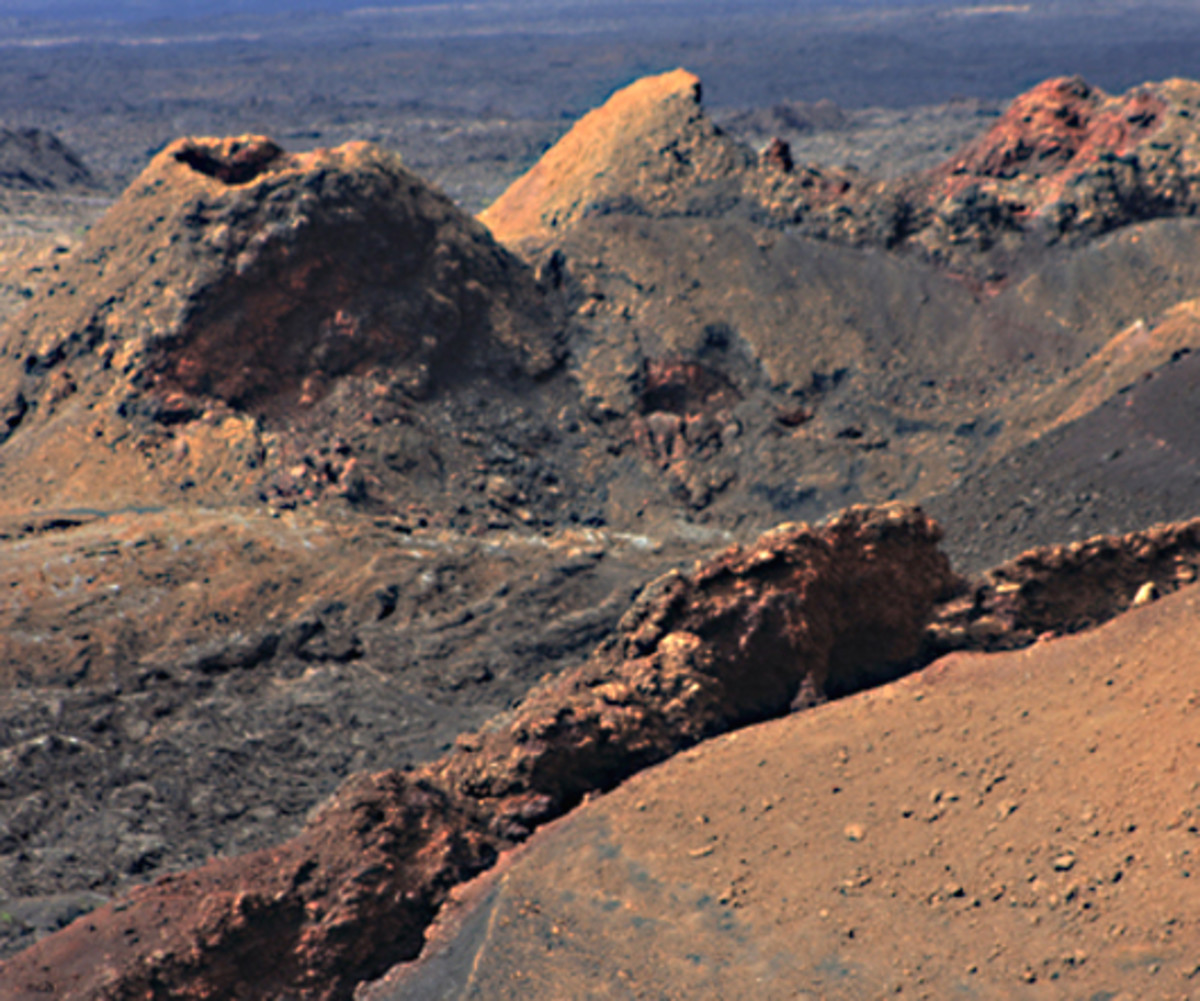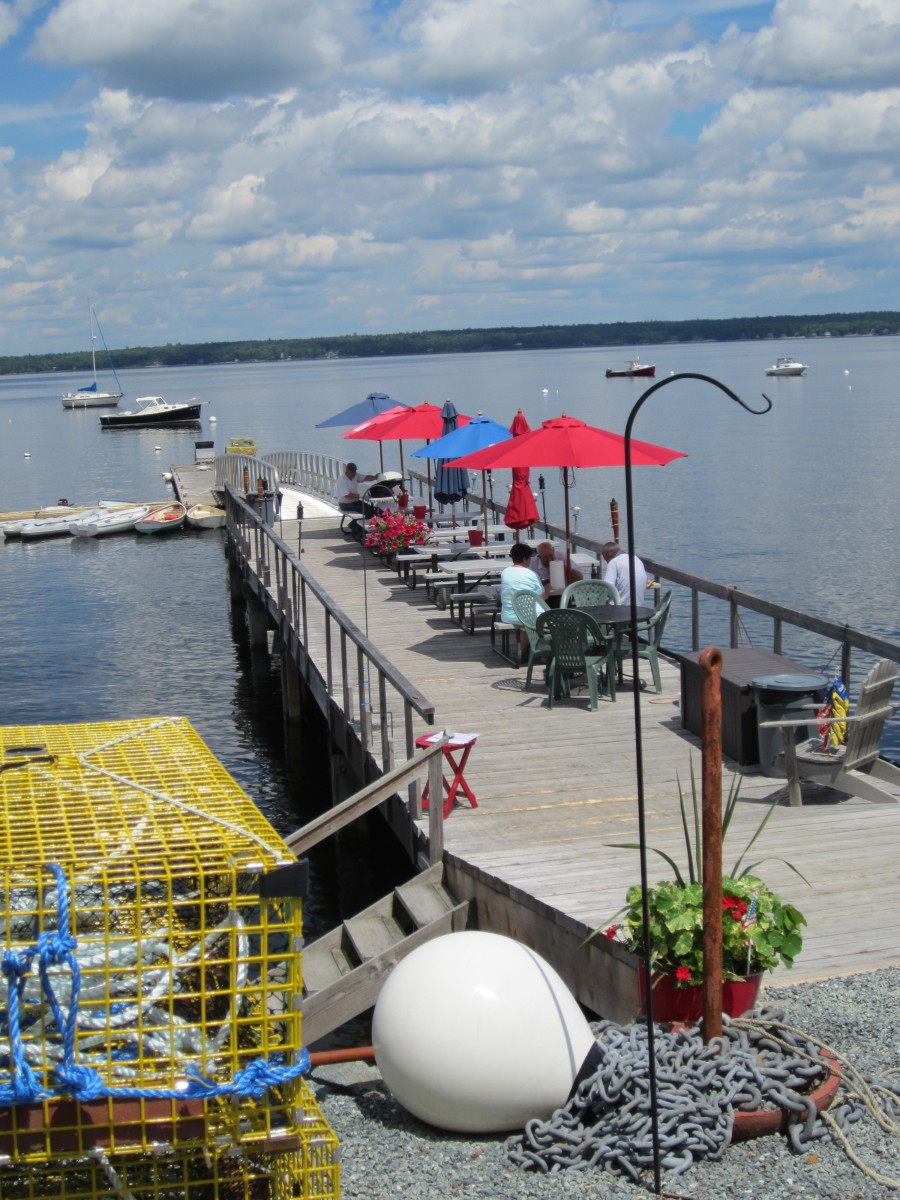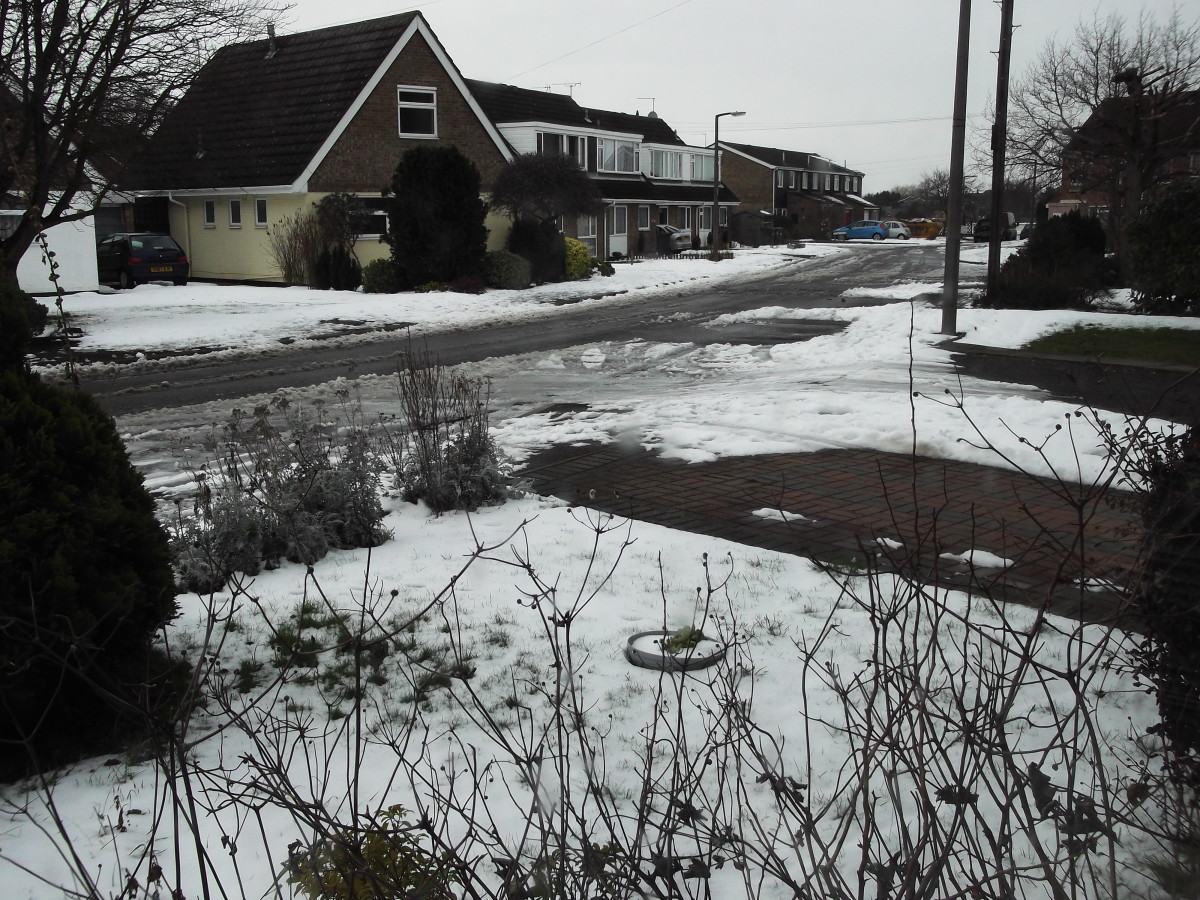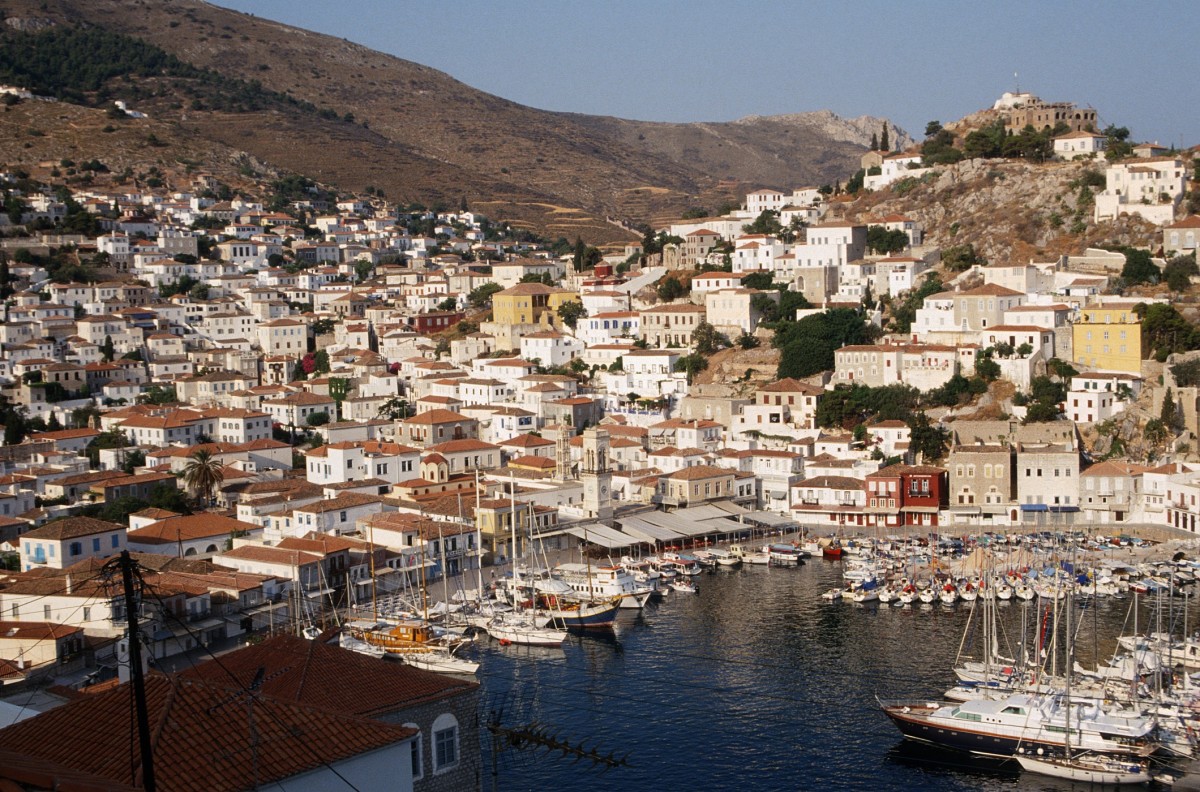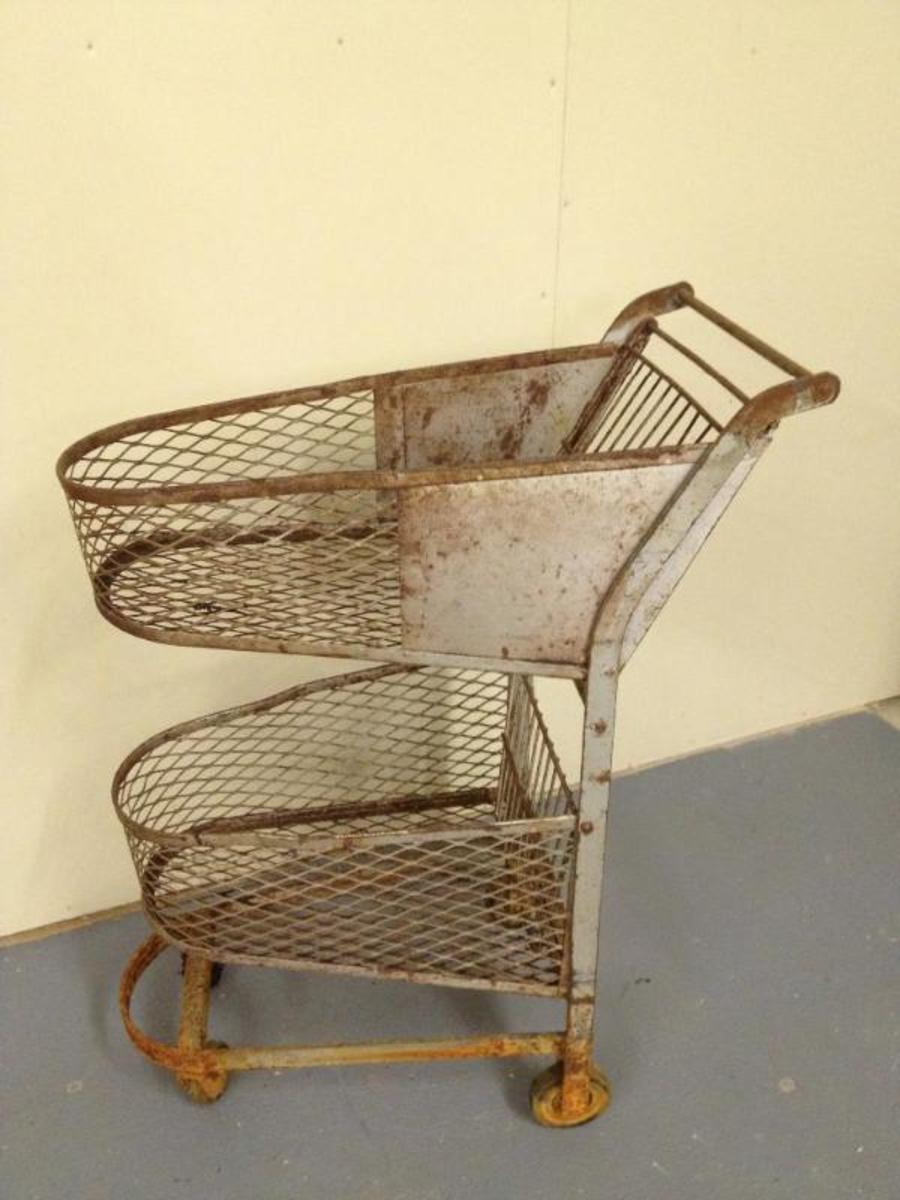- HubPages»
- Travel and Places»
- Visiting North America»
- United States
Isles of Shoals-Murder-Pirates and Religion
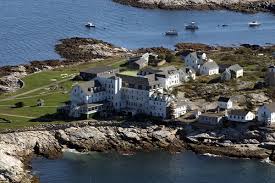
Nine small islands with plenty of history
Off the coast of New Hampshire or is it the coast of Maine, you will find the Isles of Shoals. This small group of nine islands is located six miles off the coast of both states. New Hampshire owns four islands and Maine owns the other five. New Hampshire owns: Star, White, Seavey and Cedar Islands. Maine owns: Lunging, Appledore, Smuttynose, Malaga and Duck Islands.
The islands were first used by Native American as fishing camps in the late spring and summer. Captain John Smith first landed and named the land “Smyth’s Isles” in 1614. He was not friendly to the Native American and did not stay long. Captain Christopher Levett, an English Naval officer was sent to explore the coasts of Maine and New Hampshire. He was looking to establish a settlement for the British government. The port was to be called ‘York’ after a city in England. When he landed in 1623, he reported there were no trees and not enough land to plant a garden. He took his six ships with 300 men and settled on the main land of New Hampshire.

Shoals and Shipwrecks
A Shoal is a place where the water is very shallow. Fish swim into these warm waters and feed. The islands became a favorite fishing spot. Small water front towns grew slowly. The name was changed to Isles of Shoals. The first township was Appledore on what was originally Hog Island. The Massachusetts Bay Colony awarded the township a charter in 1661. The next township was in 1715 called Gosport on Star Island. Growth was slow and people were happy to just fish and live by the sea. In 1778 people evacuated the island because of the Revolutionary War. Most people moved to Rye, New Hampshire. The islands remained quiet for nearly one hundred years.
In 1813 the Spanish ship “Sagunto” (also known as Seguntum) was sailing north from Hispaniola. A violent winter storm pushed her into the rocks on what was them Haley’s Island. Samuel Haley lived on the island at the time. Some of the crew, 14 or 15 men survived and tried to reach the Haley home. They all died from exposure. In the spring while cleaning the wreckage, Haley found silver ingots, (silver bars.) He used four of the silver pieces to pay for building a breakwater between now Smuttynose and Malaga islands. While completing the breakwater, the workers found several silver coins. Treasure hunters today are still looking for more silver.
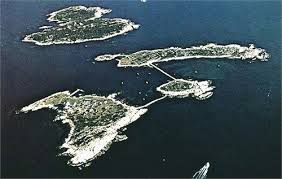
The Maine Islands
Each of the islands has their own place in the history books. We will start with the five Maine islands. Appledore is the largest comprising 95 acres. It was first named Farm Island, then Hog Island and finally Appledore. A church was built in 1640 and the fishing port was growing. Things were going great until the government tried to tax the people. To avoid paying taxes people moved to the island of Star. In 1847, the Thaxter family build the Appledore House hotel. The hotel was burnt in 1914. Today Cornell University and the University of New Hampshire run the Shoals Marine Lab. The island is owned by the Star Island Corporation.
Smuttynose was originally the home of Captain Samuel Haley and known as Haley’s Island.The home is recorded as the oldest house in Maine, but this can’t be authenticated. Some records state the home was built before the Revolutionary War and others say after 1790. A picture depicting the small home is on the beer bottles of the Smuttynose Brewing Company of Portsmouth, New Hampshire. The name was changed after a fisherman thought the seaweed looked like the nose of a sea animal. The 25 acre island has plenty of history including a double murder. Two Norwegian women were killed and third escaped from a brutal attach in their home. The fisherman, Louis Wagner was caught and hung. The story was told in a novel by Anita Shreve and later made into a movie, The Weight of Water, and a story by Celia Thaxter, A Memorable Murder.
Lunging Island was first set up as a trading post for cod fish and known as Londoners’ Island. The island was owned by Oscar Laighton who was Celia Thaxter’s brother. Many legends or folklore are past down by generations. Lunging island is reported to have caused a shipwreck that produced one survivor, a pirate. He buried a large treasure that hunters still look for today. The island was also the ‘honeymoon cottage’ of pirate, Blackbeard. He abandoned his 14th or maybe 15th wife on the island. Supposedly he buried treasure or hid the stash in caves. He told the new wife to stay and guard the loot. He never returned. Her ghost wanders the island. A good web site to gather more information on Lunging Island is; seacoastnh.com/History
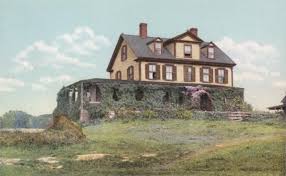
The Laighton/Thaxter Union
Malaga Island was made famous when Captain Haley made a breakwater connecting the island to Smuttynose Island. The original wall was built in the late 1700’s and then rebuilt in 1820’s. The money used to pay for the building of the breakwater was silver bars from the shipwrecked Spanish ship. Today there is nothing on the island, no homes, and no buildings. The land is privately owned by the same family who owns Smuttynose.
Duck Island is the last Maine Island. The name comes as a tribute to the migrating birds. The United States Navy once used the island as a bombing range. The island was sold to the Maine Coastal Trust by the Star Island Corporation. The land is to remain as a wildlife sanctuary.
Before we get into the New Hampshire islands, you need a little history on the Laighton/Thaxter family union. Thomas Laighton lost an election for governor of New Hampshire in 1839. He then applied to be keeper of the lighthouse on White Island. He was appointed in 1843 to receive an annual yearly salary of $600.00. He lived in the lighthouse with his wife and two children, Oscar and Celia. Later a third child, Cedric was born in the lighthouse. Thomas was a businessman with projects in the Isles of Shoals and on the mainland. In the middle of the 19th century Thomas Laighton and Levi Thaxter built and opened a summer hotel on Appledore Island. Thomas’s daughter Celia at sixteen married Levi. They lived in Massachusetts for ten years before returning to the islands.
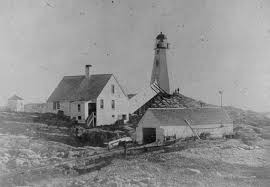
Smaller Islands
Cedar Island is about 1/7 of a mile in diameter. It was named for the cedar trees that thrive on the island. The land is good for small family farming and home to many lobstermen. At low tide the island is connected to Smuttynose. Without amenities the island has not grown.
Seavey Island is home to the seabirds called ‘terns.’ Terns are a protected bird. The island is governed by the Audubon Society of New Hampshire. They oversee the tern restoration project. At low tide the islands of White and Seavey are connected. Don’t confused Seavey’s Island with Seavey. Seavey’s is the home of the Portsmouth Naval Shipyard and much bigger then Seavey.
White Island is the home of one of New Hampshire’s two lighthouses. The lighthouse was built in 1821. It is owned by the State of New Hampshire and was rebuilt in 2005. Thomas Laighton was the first keeper from 1843 until 1849. The United States Coast Guard took over the lighthouse. It was automated in 1986. In 1993 it became the property of the State of New Hampshire.
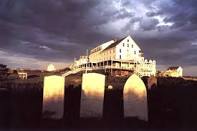
Museum and Monument
Star Island is the second largest, 46 acres, of the nine islands. It is by far the most well-known, having its own web site, STARISLAND.org. As well as daily cruises from Portsmouth, New Hampshire. It is the only island that visitors and boaters are welcome. The population started to grow in 1677 when people from Appledore moved over to escape paying taxes. By 1715 the housing was booming, then came the Revolutionary War and people left. In 1873 the Oceanic Hotel opened. People enjoyed the sea breeze and again the island was thriving. Celia Thaxter moved back to the island. She was by now a well-known and popular American female poet. She hosted many conferences and parties involving the arts community. She died on the island in 1894.
Star Island is owned by Star Island Corporation. The Unitarian Universalist Association and the United Church of Christ use the island is a religious and educational conference center. In the summer they host conferences using the Oceanic Hotel, the Gosport House and the 150 year old chapel. In 2008 the Star Island Corporation allowed guests to stay up to one week at the hotel.
In 1864 a monument to John Smith was built on Star Island to commemorate the 250th anniversary of his first landing on Smyth’s Isle. The New Hampshire Society of Colonial Wars partially restored the monument for the 300th anniversary. The monument is mostly worn away today.
Star Island also hosts the Celia Thaxter Museum. The small stone cottage was built in 1960. Inside has manuscript of her poems, writings and personal items. The museum is free and open during the summer until Labor Day.


